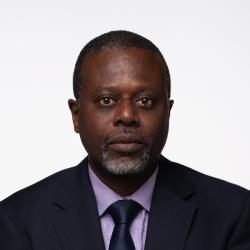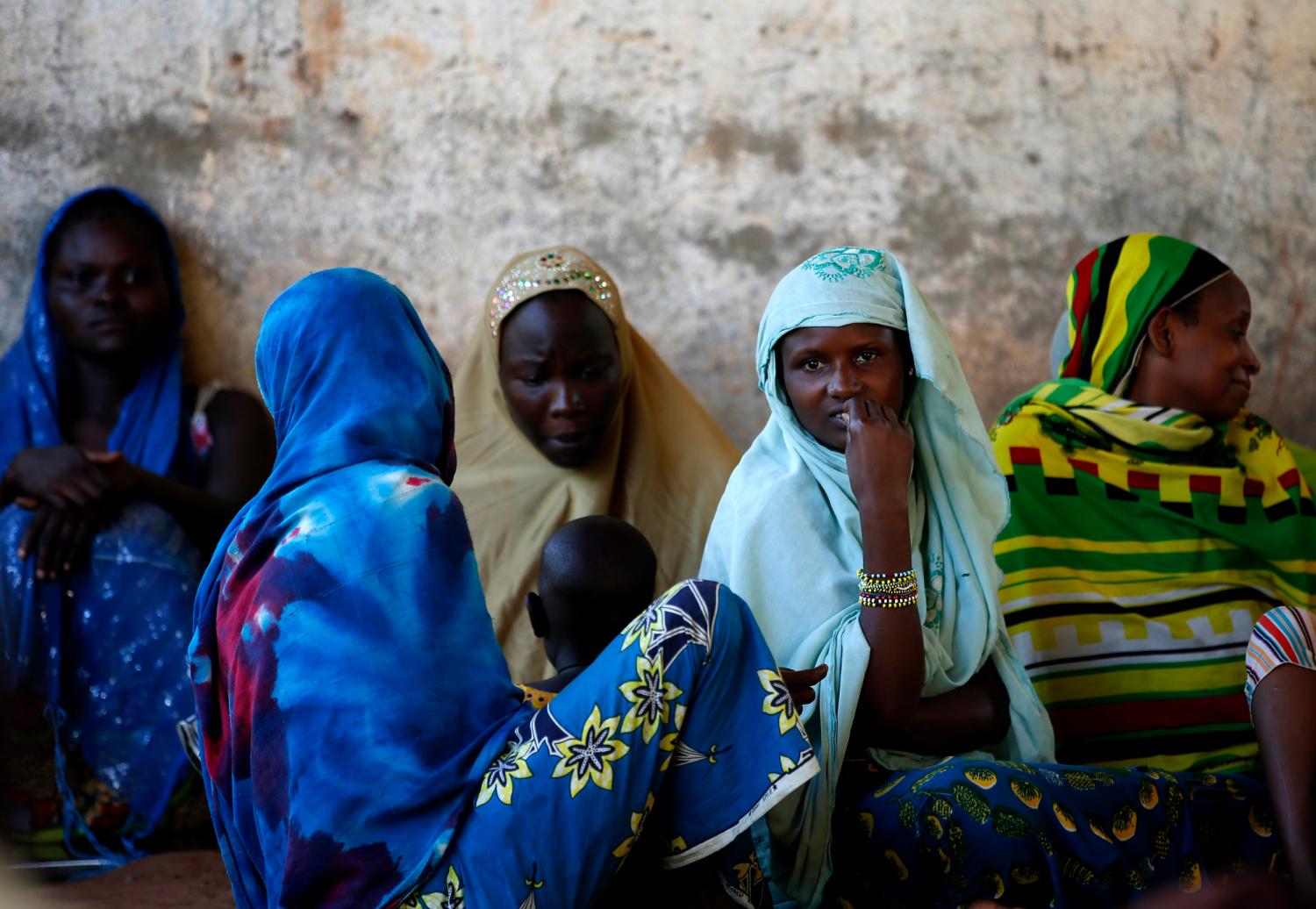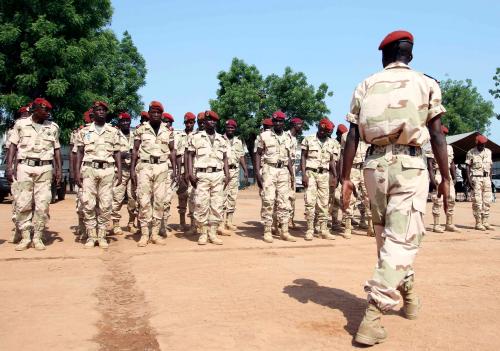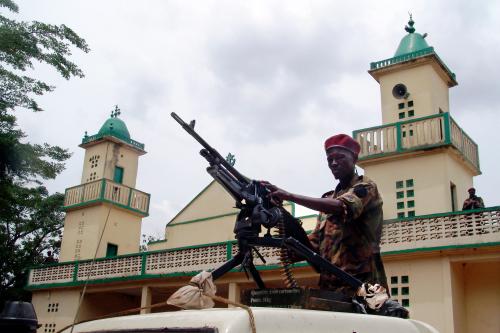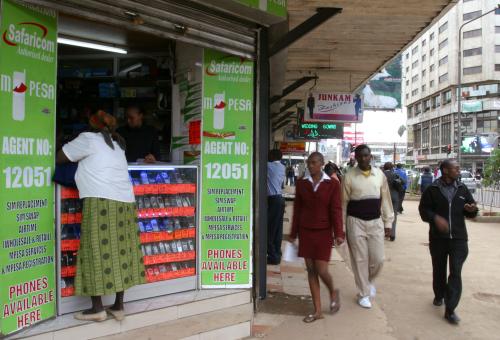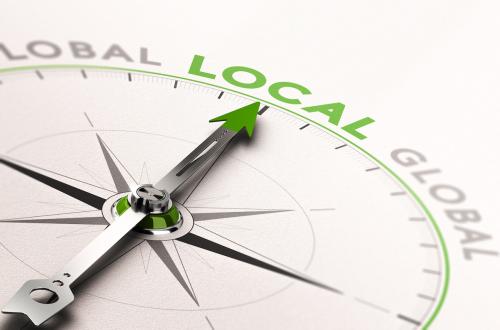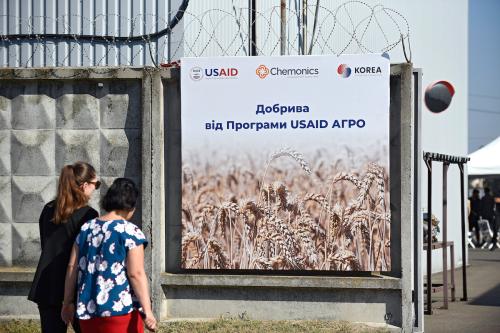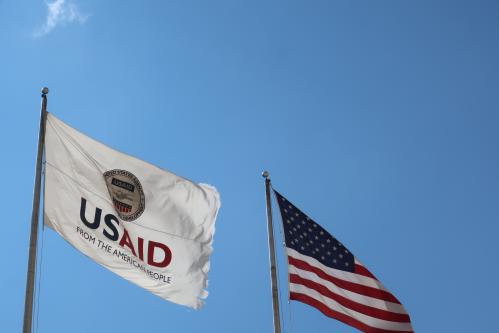The Central African Republic (CAR), a landlocked country roughly the size of Texas, has endured a nearly constant state of political crisis since its independence from France in 1960. In fact, in the post-colonial era, the CAR has experienced only 10 years of rule under a democratically elected leader, Ange-Félix Patassé, from 1993 to 2003. Four of the CAR’s past five presidents have been removed from power through unconstitutional means, and each of these transitions has been marred by political instability and violence. Fragile attempts to build democratic political institutions and establish the rule of law have been undermined by coups, mutinies, and further lawlessness, making cycles of violence tragically the norm in the CAR.
The country’s current crisis (2012–present) stems from political tensions and competition for power between the predominantly Muslim Séléka rebel coalition and the government of President Francois Bozizé, as well as unresolved grievances from the CAR’s last conflict (2006–2007). Since the Séléka’s overthrow of the government in March 2013 and concurrent occupation of large areas of the country, the conflict has evolved to encompass an ethno-religious dimension: So-called Christian defense militias named the anti-balaka emerged to counter the Séléka alliance, but in effect sought revenge against the CAR’s Muslim minority (about 15 percent of the population), including civilians. During a March 2014 trip to the Central African Republic, United Nations High Commissioner for Human Rights Navi Pillay remarked that “the inter-communal hatred remains at a terrifying level,” as reports of atrocities and pre-genocidal indicators continued to surface. Even today, horrific crimes against civilians are still being committed at a frightening frequency in one of the poorest countries in the world: The CAR has a per capita GNI of $588 and a ranking of 185 out of 187 on 2013’s United Nations Human Development Index.
Amid the escalating insecurity in 2013, African Union (AU), French, and European forces were deployed under the auspices of the African-led International Support Mission in Central Africa (MISCA) to disarm militant groups and protect civilians at a critical juncture in December, and their efforts contributed to the relative stabilization of the capital in early 2014. Meanwhile, in January 2014, Séléka leaders relinquished power to a transitional government led by former mayor of Bangui, Catherine Samba-Panza, who was then tasked with preparing for national elections and establishing security throughout the country. In September 2014, the United Nations incorporated the MISCA forces into the larger Multidimensional Integrated Stabilization Mission in the Central African Republic (MINUSCA) and then in 2015 extended and reinforced its presence through 2016, in response to the ongoing violence. Despite the international military intervention and efforts of the transitional authorities to address the pervasive insecurity, reprisal killings continue and mobile armed groups still freely attack particularly remote, rural areas in the central and western regions of the country. The unguarded, porous borders have also allowed rebel forces and criminal elements to flee into distant areas of neighboring countries, including Chad and South Sudan, in order to prepare their attacks and return to the CAR.
This paper will explore the origins of the complex emergency affecting the CAR, with a particular focus on the economic causes and potential economic strategies for its resolution. It will begin by providing an overview of the core issues at stake and enumerating the driving and sustaining factors perpetuating the violence. Then it will discuss the consequences of the conflict on the humanitarian, security, political, and economic landscape of the CAR. Finally, it will highlight strategies for addressing the underlying issues and persisting tensions in the CAR to begin building a durable peace, arguing that the national authorities and international partners adopt a holistic approach to peace building that prioritizes inclusive economic recovery given the economic roots of the crisis.

